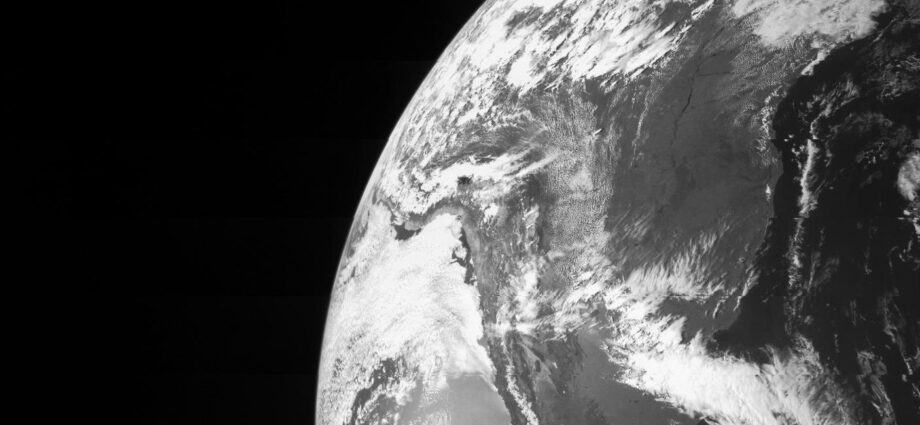
Photo by NASA/JPL-Caltech/Malin Space Science Systems.
In a new report, researchers at the Potsdam Institute for Climate Impact Research assessed our planet’s health. Here’s what they found
October 3, 2024
According to the report, the first in what is to be an annual assessment on the planet’s wellbeing, Earth is in “critical condition.”
Scientists at PBScience outlined how out of the nine metrics that they call “planetary boundary processes,” six have reached high-risk levels: freshwater change, land system change, climate change, modification of biogeochemical flows, introduction of novel entities and change in biosphere integrity. Only stratospheric ozone depletion, increase in atmospheric aerosol loading and ocean acidification remain within safe operating levels.
These nine metrics are intended to “report on Earth’s stability, resilience, and life-supporting functions.”
“For the first time Patient Earth goes through a full Health Check. The verdict is clear — the patient is in critical condition,” said Johan Rockström, Director of the Potsdam Institute for Climate Impact Research and lead author of the planetary boundaries framework, in a post to X.
These planetary boundaries, which themselves were first published in 2009, outline the limits by which humans can safely live and operate without causing irreversible damage to the planet and its environment. Surpassing these limits increases the chances of no longer maintaining a sustainable and habitable Earth, the report warns.
“Boundaries are set to avoid tipping points, to have a high chance to keep the planet in state as close as possible to the Holocene, that allows it to maintain its resilience, stability, and life support capabilities. Go beyond and we enter a danger zone… the uncertainty range of science,” Rockström told Earth.org.
The PBScience report warns that humanity requires a 50% cut in climate emissions by 2030 in order to reverse these trends and prevent even worse damage to the environment and the often catastrophic impacts climate change has on the population.
In response to the ongoing climate crisis, United Nations Secretary-General António Guterres warned the UN General Assembly in 2023 that “Humanity has opened the gates to hell, humanity’s fate is hanging in the balance.”
Global warming has been worsening rapidly over the past decade. The last nine years in particular have been the hottest recorded years in history; 2023 alone was the hottest year on record and 2024 is projected to be even worse.
Sea temperatures have also been rising rapidly, doubling on average since the 1960s. Climate phenomena such as the El Niño occur irregularly every two to seven years and result in higher sea temperatures and related climate changes. But even the El Niño phenomenon that took place from late 2023 into early this year cannot explain the ever-increasing surface temperatures.

As Rockström explains, “[w]e had seen El Niño conditions before, so we expected higher surface temperatures [last year] because the Pacific ocean releases heat. But what happened in 2023 was nothing close to 2016, the second-warmest year on record. It was beyond anything we expected and no climate models can reproduce what happened. And then 2024 starts, and it gets even warmer.”
Rockström is not alone. Many scientists have been worried over inexplicable changes in climate and ocean temperatures. Climate scientist Zeke Hausfather stated last year that the record-breaking temperature data from September 2023 — around 1.8C warmer than pre-industrial levels — was “absolutely gobsmackingly bananas.”
Rising temperatures are a symptom of the planetary boundary breaches humans have inflicted on Earth, according to the PBScience report. Despite humanity thriving over the past 10,000 years with relative stability in climate, the Earth’s resilience to the human race’s exploitation of its resources is weakening. PBScience warns that these transgressions will slowly lead to “more frequent extreme weather events, wildfires, reduced plant productivity, and water scarcity.” Issues worsened by a growing worldwide population.
The worry among PBScience and other subject matter experts around the world is that these changes could lead to irreversible trends. The report states how if certain “tipping points” are reached, “self-reinforcing pathways” brought about by rising sea-levels and changing climates could fully disrupt Holocene-like conditions that are essential for human life on Earth.
Subscribe to our newsletter.
This article was originally published on IMPAKTER. Read the original article.

